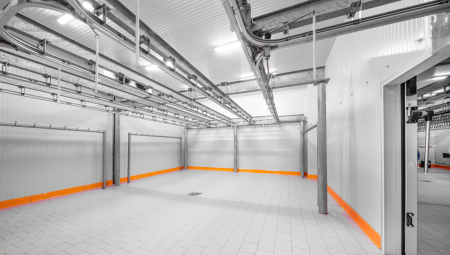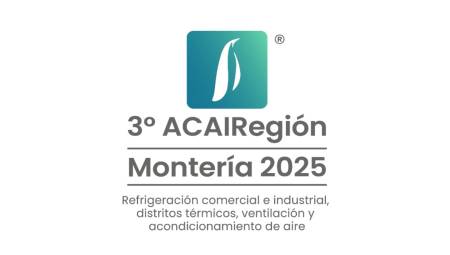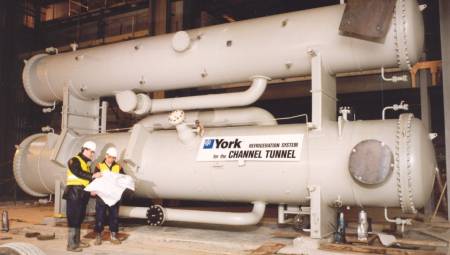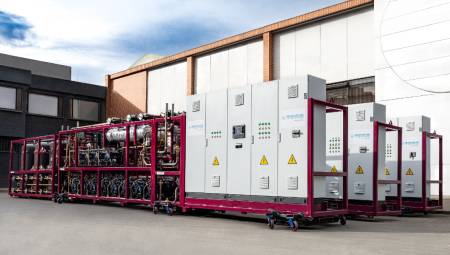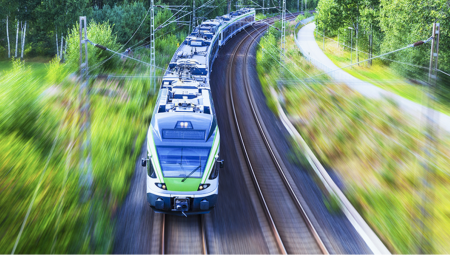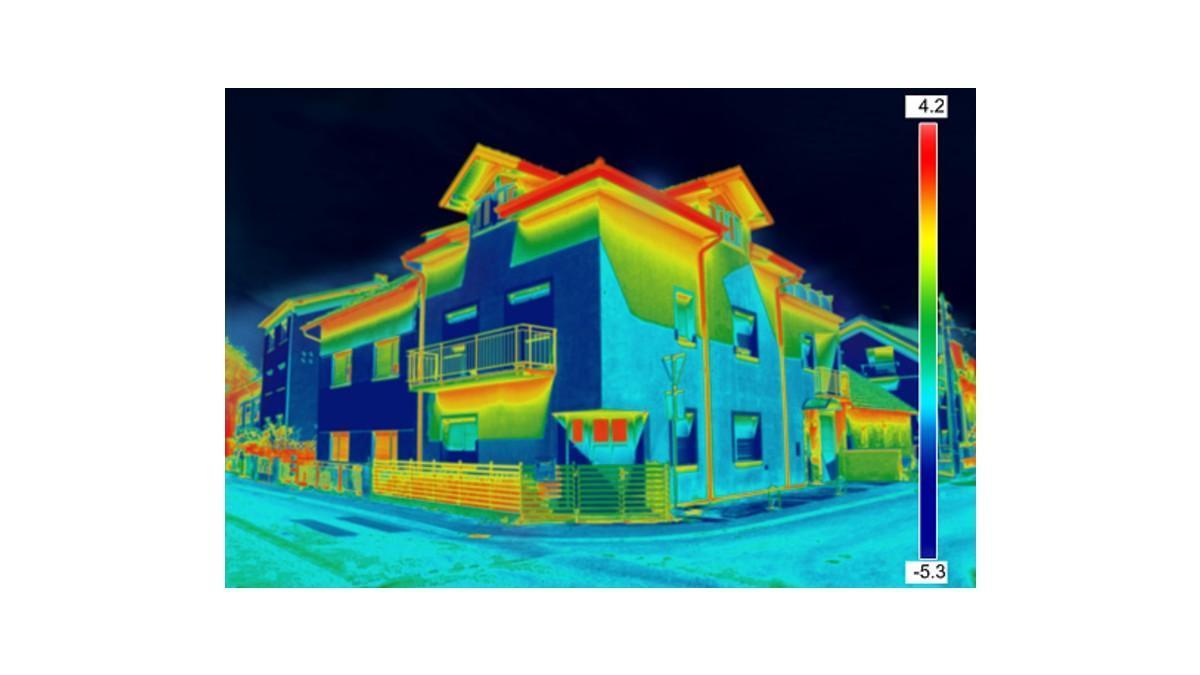 This will be a multi-part special where details about this concept will be explained. This time he will delve into the Global Coefficient U.
This will be a multi-part special where details about this concept will be explained. This time he will delve into the Global Coefficient U.
by Camilo Botero*
At the CBG Academy, with its concept of "On the Job Training", several courses have been taught, one of them on design, specification and behavior of heat exchangers of all kinds, for two experienced Peruvian engineers. From this course I deduced that a topic of interest to appreciable readers of this column would be Heat Transfer, as the topic is extensive and of some complexity will be addressed in several parts. It will start in this Part 1 with the Global Heat Transfer Coefficient U in Exchangers.
Definition of U
It is the value of the heat transfer per unit area and by the logarithmic mean difference in temperature, between the hot fluid and the cold fluid. It depends on many different aspects, such as the type of heat exchanger, the materials from which it is manufactured, fins to increase efficiency, elements to increase turbulence, and the speed of fluids, both inside the tubes or plates and on the outside of them, as well as in their housings. The physical properties of the fluids and materials used must be those that most favor heat transfer.
Thermal resistances
1. It is defined as the resistance to heat transfer by conduction, to the ratio of the thickness of the material in question, divided by its coefficient of thermal conductivity, that is why the use of materials such as copper and aluminum, which have a high coefficient of conductivity k, is favored to minimize this resistance.
2. It is defined as the convection resistance, the inverse of the convection coefficient h, between a solid and a fluid. The calculation of convection coefficients h are the main reason for this article, and their calculation is usually complex and imprecise.
3. The fouling factor is given to the extent that dirt, algae, carbonates, sludge, oxides etc. are deposited on the surfaces of the tubes or plates and substantially affects the heat transfer in the exchangers.
Dimensionless numbers
1. Reynolds number, is the product of the density of the fluid by the velocity of the same, by a representative dimension of the geometry, divided by the coefficient of dynamic viscosity.
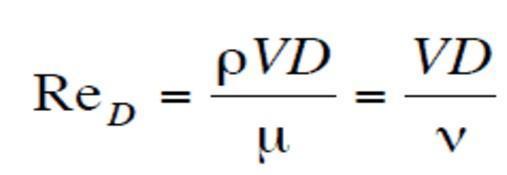
Figure 1.
2. Prandt number: It is the product of dynamic viscosity by the specific heat of the fluid, divided by its thermal conductivity.

Figure 2.
3. The Nusselt number contains the convection coefficient and is generally the result of multiplying a constant by the Reynolds number at power n, by the Prandt number at power m. The Nusselt number is the coefficient of convection by an equivalent length for the particular geometry, divided by the coefficient of thermal conductivity.
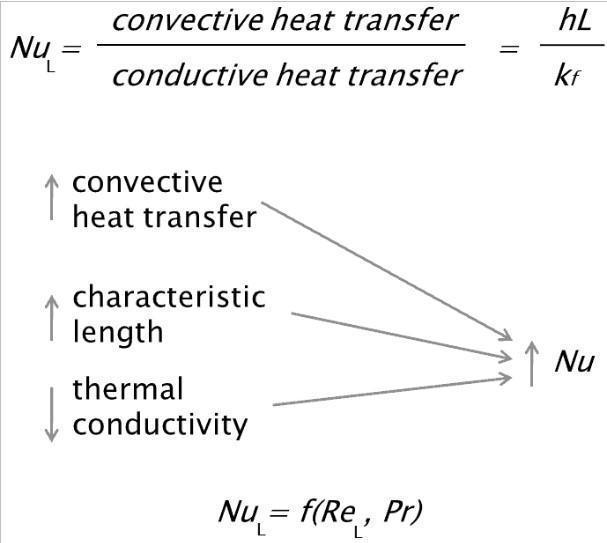
Figure 3.
The book: Principles of Heat Transfer, by Frank Kreith, in its eighth edition, whose cover is attached, has been tremendously motivating for me in Colombia and other Latin American countries to delve into the concepts of heat transfer in heat exchangers, with and without phase change.
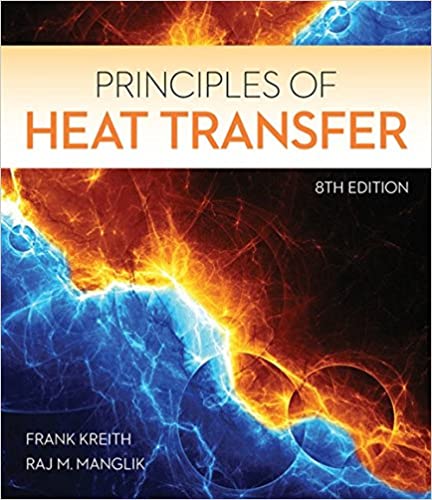
Figure 4.
Impact of the U, in the calculation of the thermal load, the design and the behavior of the heat exchangers. When the calculation is made in order to determine what would be the size and shape of a heat exchanger, required for a given application, with a thermal load that must be transferred from the hot fluid, through the materials of tubes and plates, to the cold fluid; it depends fundamentally on the overall heat transfer coefficient U, the heat transfer area A and the logarithmic mean temperature difference LMTD, the calculation and corrections of which will be dealt with in Part 2 of this column sequence.
The information that comes in the texts, catalogs of pipe signatures and / or software of heat exchangers, either from the USA, European and Asian countries, as in the excellent manuals of the main equipment firms; it is invaluable, when it comes to selecting heat exchangers, designing them or evaluating their performance; however, my recommendation is to make the previous analyses with the principles and formulas that will be seen in this series of articles, because the subject is of a certain complexity, the error in the models, as Kreith's own book says, is very high (up to 30% in the calculation of a convection coefficient) and the conditions in which the equipment will operate and its maintenance, which is fundamental, involves many parameters to take into account.
Heat transfer by convection
This type of heat transfer involves two mechanisms that occur simultaneously: conduction, and transfer of heat and mass to a fluid flow. Understanding and mathematical models of these mechanisms are absolutely necessary for the design of heat exchangers; some of them are:
1. How to model a boundary layer for convection heat transfer
2. How to derive the mathematical equations for the conservation of mass, momentum and thermal energy.
3. How to perform dimensionless analysis and develop correlations for the calculation of heat transfer by convection in various fluids in turbulent flow.
4. It is also necessary to understand the boundary, hydrodynamic and thermal layers, as well as the analogy between momentum and heat transfer to solve convection problems in turbulent flows.
Being able to understand in depth all these points requires a deep study and to do all the problems of the book cited, in the chapters:
Chapter 4: Analysis of Heat Transfer by Convection.
Chapter 5: Natural Convection
Chapter 6: Forced Convection Inside Tubes and Ducts
Chapter 7: Forced Convection on Outer Surfaces
To finally get to Chapter 8: Heat Exchangers, with which we are already able to design and evaluate their behaviors.
To concretize this Part 1, the calculation of the Global Heat Transfer Coefficient in a Heat Exchanger has the following generic equation for shell and tube exchangers:
U = 1/ sum of all thermal resistances
The complex and imprecise part, as said, is the determination of convection coefficients, which are calculated with the Nusselt number equations, which are developed with mass and energy balances, and corroborated, making experimental correlations, for turbulent flow in steady and transient state, including phase change as in evaporators and condensers; (this topic deserves to be dealt with in detail in Part 3).
* Note: The formulas are taken from the internet page: thermal-engineering.org
* Camilo Botero is the current Secretary of the Federation of Ibero-American Associations of Air Conditioning and Refrigeration - FAIAR; he was president of ACAIRE and is president of Camilo Botero Ingenieros Consultores Ltda. He has worked as a teacher in several Colombian universities, guilds and currently in ACAIRE in diploma courses of air conditioning projects, energy efficiency in air conditioning and refrigeration, cogeneration and trigeneration, applied psychometrics, thermodynamics, fluid mechanics, heat transfer and turbomachinery. ([email protected]).




